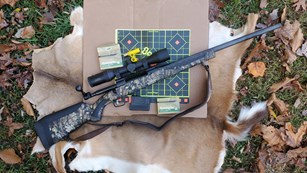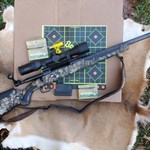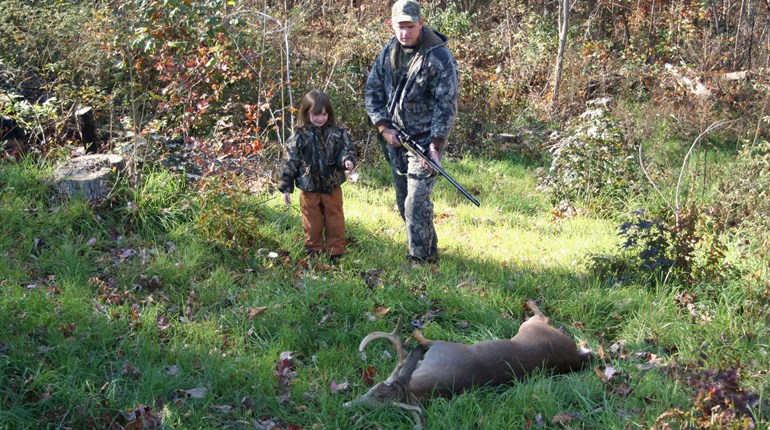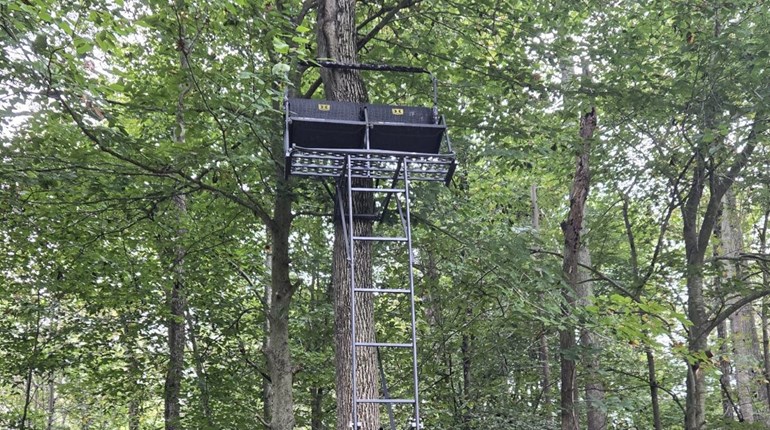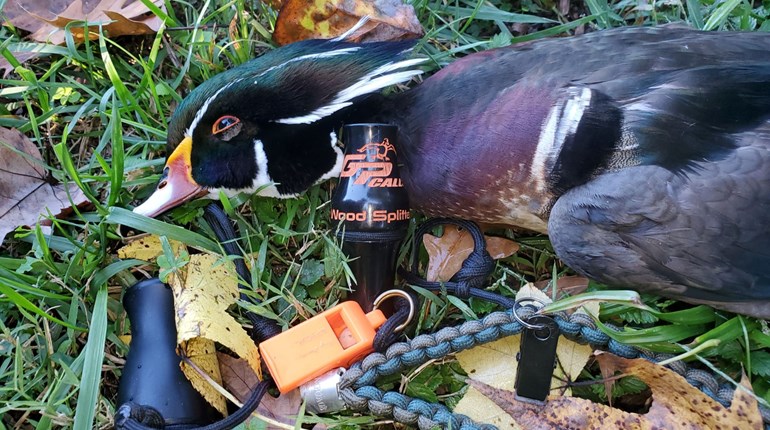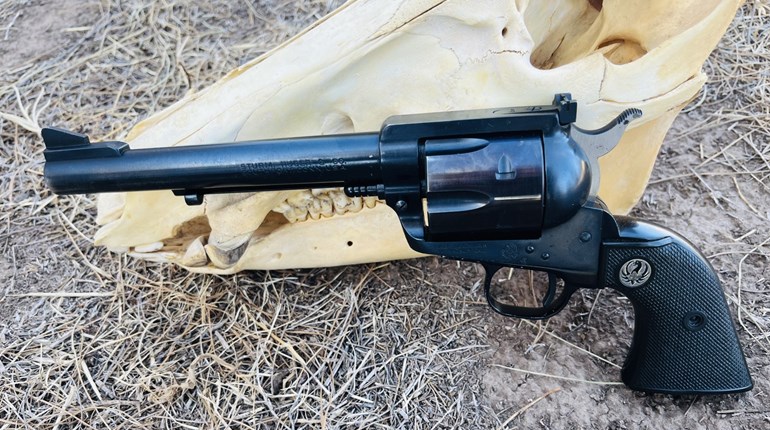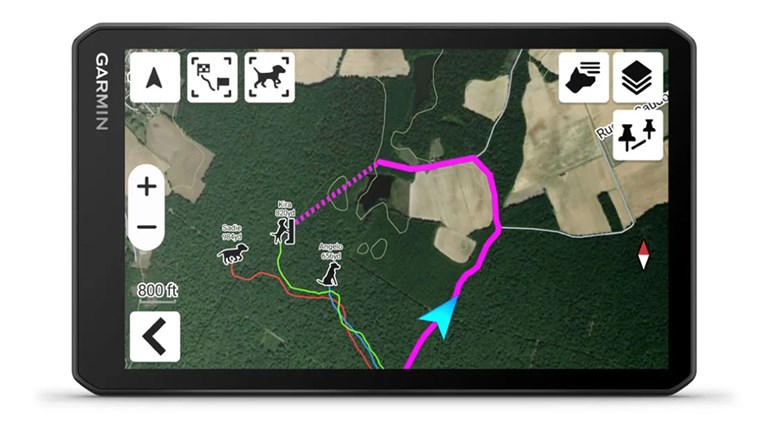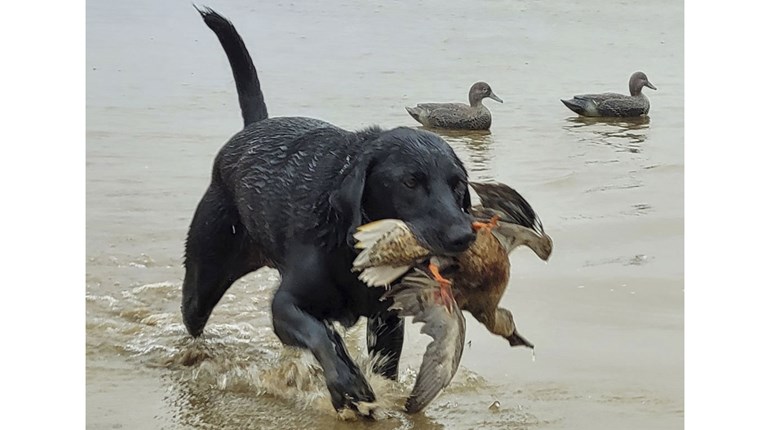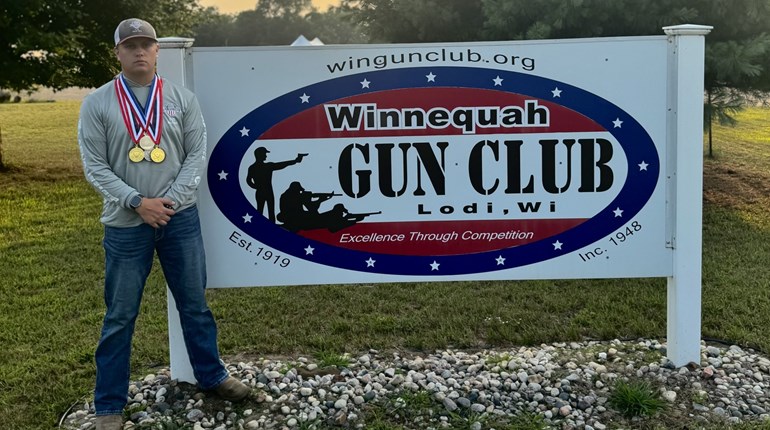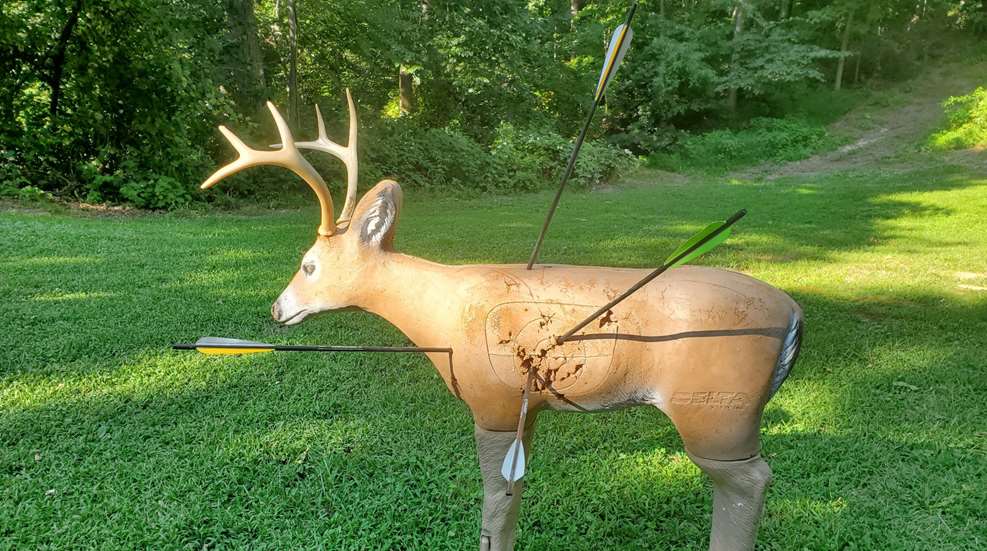
Understanding how shot angles work is critical for the quick and ethical dispatching of game. The larger the game, the more significant the risk you run of a bad shot—especially when rushing and not purposefully and carefully looking at the angle that an arrow or bullet will travel through the animal.
This realization came to me when I was mentoring a young hunter and a deer was facing nearly towards us … but canted ever so slightly. The youth raised the gun and I thought they were simply readying their firearm for the moment the deer shifted or stepped. When I heard the safety click off I stopped them and asked what they were doing.
“I have a shot right behind the shoulder!”
Needless to say I shut down the moment and told them to put the safety back on immediately. When teaching new hunters, many times we drill into them that the shot placement is “behind the shoulder” when that is not true except during a broadside shot. It is important to have knowledge of the location of the vitals on an animal and more specifically, the lungs and heart. Can you kill a large game animal by hitting it in the liver? Yes. But it is likely to run farther than if you hit the lungs or heart, and that means the animal will suffer needlessly and you may not be able to track and retrieve it. The ethical shot is through the lungs or heart.
So how do we teach this, or if you are reading this and taking up hunting on your own, how do we learn shot placement? The short answer is to do some research online. A quick search will turn up pages that point out where the vitals are on all of North America’s big game animals. For many of our big game animals, the general rule of thumb will be about 1/3 of the way up the back of the front leg and just behind it, but only if the animal is truly broadside. Some animals, such as bears, should be shot when the front leg is stepping forward to expose the heart and lungs, which are a bit more forward on a bruin than on a whitetail.
The trick that gets hunters is those quartering shots. In these instances the hunter must consider the trajectory of the bullet through the animal. The shot—whether it be bullet or arrow—must go through the lungs or heart. The lungs tend to be a bit higher than the heart, although you can hit both lungs and the heart with one shot if placed properly.
In a quartering shot, the easiest is probably the quartering away shot. However, take a moment to think things through. The shot will need to be placed further to the rear of the shoulder, allowing it to pass through the lungs/heart and possibly hitting the opposite shoulder depending on the angle. One trick I learned over the years is to imagine a balloon in the animal placed between the shoulders and then imagine trying to pop it with my bullet or arrow.
A third variable that hunters should plan for is altitude plus angle of the shot. In other words, if you are in a treestand looking down on an animal or up high on a hill or cliff looking into a draw or valley, where will you shoot? Consider not only the quartering angle but the angle from above too. If the animal is not only quartering but also a bit of a distance from you, that may change how far back you shoot on the animal moving away. It may preclude you from shooting if the animal is coming towards you nearly head on too.
One more topic to touch on is what some call an anchoring shot. An anchoring shot could be described as a shot where a bullet that is heavy enough is purposely fired through the shoulder of an animal to drop it on the spot. Why would you do this? This type of shot would be considered for dangerous game, game that might run off to places where they are irretrievable (over a cliff, into a river or down a hole), or in a situation in which light is fading very fast. Some people that hunt small parcels of land may also consider an anchoring shot because they do not want the animal to go onto people’s property where they do not have access.
Performed properly, most of the time the animal dies quickly from this type of shot. The idea for shooting an animal this way is that tracking is minimal since the animal loses use of the front legs assuming your bullet is stout enough for the task. Ideally, with an anchoring shot, the bullet will pass through and hit lungs, while the shattered bone also penetrates organs nearby—that quickly puts the animal down.
The downside to an anchoring shot through the shoulder is the loss of meat and damage to meat surrounding the area. Sometimes the shock of a bullet hitting heavy bone can cause bullet fragments to scatter up to 18 inches away. I have picked out lead and copper from the rear of whitetail backstraps when the deer was hit in the front shoulder broadside.
In short, if the shot is iffy, or not one you are entirely confident in punching the vitals, then don’t pull the trigger. The tracking job, potential loss of the animal, and the danger you may put yourself in by having to track through bear country is not worth the risk. Most of the time, animals will shift, turn, step or move in a manner that will give you an opportunity.
Do your research now to see the best shot placement for your game animal before you go afield and then think about it before you start pulling the trigger. You will be glad you did!









